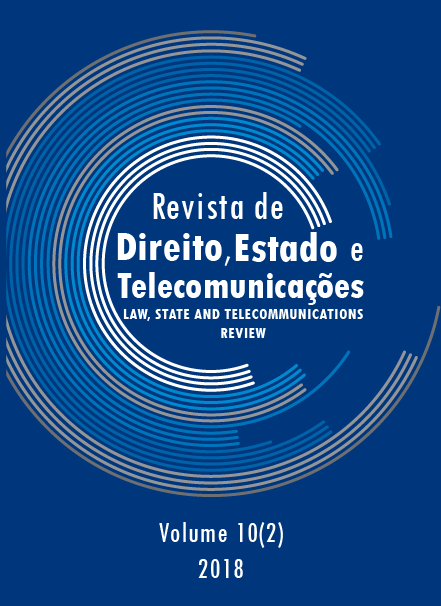¿Son útiles las TIC para combatir la ciberdelincuencia? La relación entre la denuncia de delitos informáticos y el equipamiento tecnológico de las comisarías
DOI:
https://doi.org/10.26512/lstr.v10i2.21492Keywords:
criminality, cybercrime, citizen security, information and communication technologies, PeruAbstract
Purpose ”“ Computer crimes are serious and recent problems in Peru. The easy access to technology and the socioeconomic conditions of the country have made it a favorable place to commit cybercrimes. On the other hand, the agents involved, such as the police, are often at a disadvantage, as they do not have the necessary skills to combat those crimes. It is relevant to ask whether the ability of the police to use Information and Communication Technologies (ICT) works as a marker that serves to deter criminals from committing crimes.
Methodology/approach/design ”“ A database was constructed from sources of information on police stations and crimes in Peru. With this, a probit model was estimated in which the dependent variable is the probability of the occurrence of computer crimes. The marginal effects of three indices constructed from variables indicating the use of ICT were calculated.
Findings ”“ The results obtained show that two of our three indices explain that, the greater the use of ICT in Peruvian police stations, there is a lower probability of the occurrence of cybercrimes.
Downloads
References
BMI RESEARCH. Peru: crime and security risk report includes the bmi operational risk index. London: Business Monitor International, 2017.
CHUNG, W. et al. Fighting cybercrime: a review and the Taiwan experience. Decision Support Systems, v. 41, p. 669”“682, 2004.
FERNÁNDEZ, A. Aplicación del análisis factorial confirmatorio a un modelo de medición del rendimiento académico en lectura. Ciencias Económicas, San José, Costa Rica, v. 33, n. 0252-9521, p. 39-66, 17 Noviembre 2015.
GERCKE, M. Understanding cybercrime: a guide for developing countries, Switzerland, 2011.
GREENE, W. H. Econometric Analysis. International. ed. [S.l.]: Pearson Education, 2003.
KIGERL, A. Routine Activity Theory and the Determinants of High Cybercrime Countries. Social Science Computer Review, v. 30, p. 470-486, 2012.
KSHETRI, N. Diffusion and effects of cyber-crime in developing economies. Third World Quarterly, Greensboro, v. 31, n. 7, p. 1057-1079, January 2010.
KSHETRI, N. Cybercrime and cybersecurity in the global south. Greensboro: International Political Economy, 2013.
KUNDI, G. M.; NAWAZ, ; AKHTAR, R. Digital Revolution, Cyber-Crimes And Cyber Legislation: A Challenge To Governments In Developing Countries. Journal of Information Engineering and Applications, v. 4, n. 4, 2014.
LEUKFELDT, R. Research agenda the human factor in cybercrime and cybersecurity. [S.l.]: Eleven International Publishing, 2017.
MORA, P. N. Uso de tecnologías para sistematización de la información sobre el crimen (usos, problemas de georreferencia y demás). Lima: Pontificia Universidad Católica del Perú, 2015.
NGAFEESON, M. Cybercrime Classification: A Motivational Model. College of Business Administration, n. 1201, 2010.
ORTIZ, J. C. La investigación del delito en la era digital: Los derechos fundamentales frente a las nuevas medidas tecnológicas de investigación. Fundación Alternativas, n. 74, 2013.
OVERVEST, B.; STRAATHOF, B. What drives cybercrime? Empirical evidence from DDoS attacks, 24 April 2015.
ROJAS, W. Cibercrimen en Perú va en aumento. [S.l.]: Canal Ti, 2016.
SALAZAR, M. Peru: new cybercrime law undermines transparency legislation. New York: Global Information Network, 2013.
Downloads
Published
How to Cite
Issue
Section
License
By submitting this paper to the Law, State and Telecommunications Review,
I hereby declare that I agree to the terms of the Creative Commons Attribution 4.0 International (CC BY 4.0).


